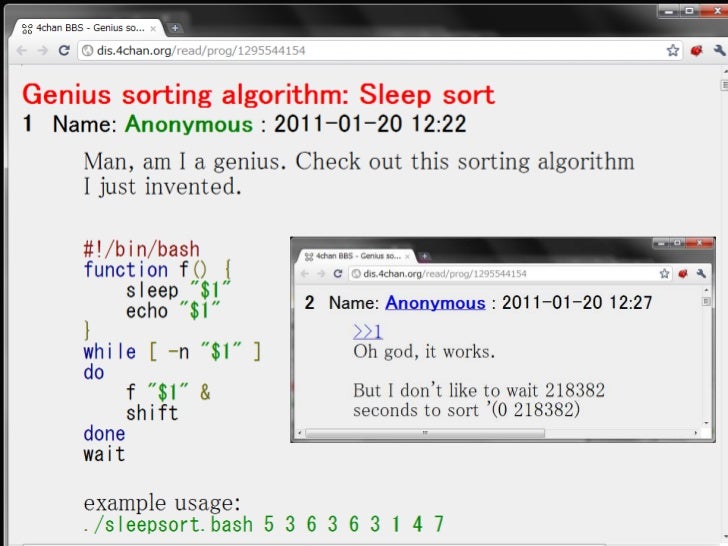

We then introduce a delay of 5 seconds using the sleep() function.The first print() statement is executed without any delay.👩🏽💻 Delay Code Execution with sleep()Īs a first example, let’s use the sleep function to delay the execution of a simple Python program. You can download the Python scripts used in this tutorial from the python-sleep folder in this GitHub repo. Now that you’ve learned the syntax of the Python sleep() function, let’s code examples to see the function in action. If you use the above method for importing, you can then call the sleep() function directly-without using time.sleep(). ▶ You can also import only the sleep function from the time module: from time import sleep

For example, if you want to introduce a delay of 100 milliseconds, you can specify it as 0.1 second: time.sleep(0.1). In these cases, you can convert the duration in milliseconds to seconds and use it in the call to the sleep function.

Sometimes the required delay may be a few milliseconds. It can be an integer or a floating point number. Here, n is the number of seconds to sleep. As a first step, import the time module into your working environment: import timeĪs the sleep() function is part of the time module, you can now access and use it with the following general syntax: time.sleep(n) The time module, built into the Python standard library, provides several useful time-related functions. Let’s get started! Syntax of Python time.sleep() In this tutorial, you’ll learn the syntax of using the sleep() function in Python and several examples to understand how it works. The sleep() function from Python built-in time module helps you do this. However, you may need to delay the execution of code in some cases. When you run a simple Python program, the code execution happens sequentially-one statement after the other- without any time delay.

The sleep() function can be used along with the async/await to get the pause between the execution.This tutorial will teach you how to use the sleep() function from Python’s built-in time module to add time delays to code. The features such as promises and async/await function in JavaScript helped us to use the sleep() function in an easier way.Īwait new Promise(r => setTimeout(r, 2000)) Ĭonst sleep = ms => new Promise(r => setTimeout(r, ms)) You can use some approaches for simulating the sleep() function in JavaScript. before getting cleared by below timeout.Ĭonsole.log("Calling after every 1 second") ĬlearInterval(intervalID) //clear above interval after 5 secondsĬonsole.log('This code to be executed after 5 second.') called 5 times each time after one second


 0 kommentar(er)
0 kommentar(er)
